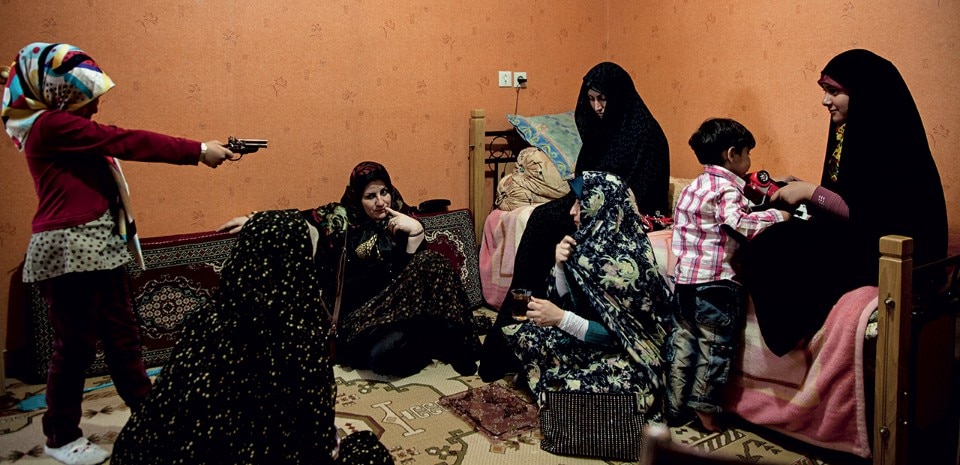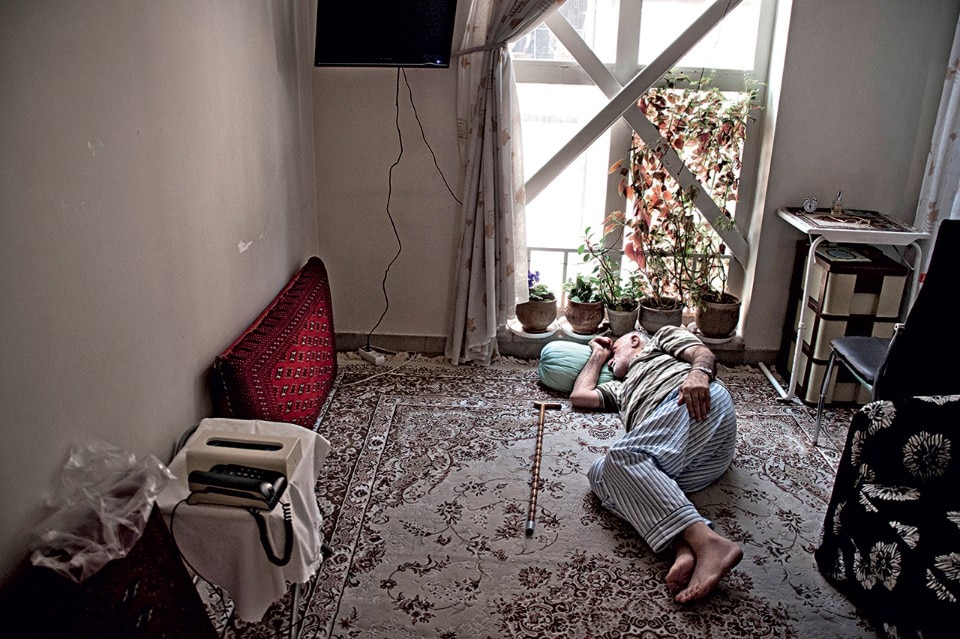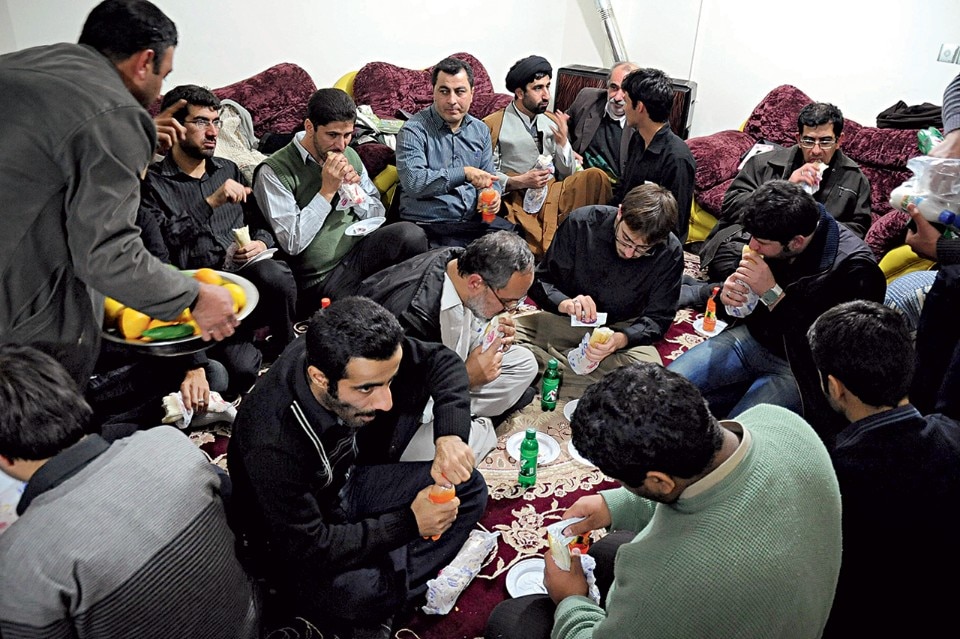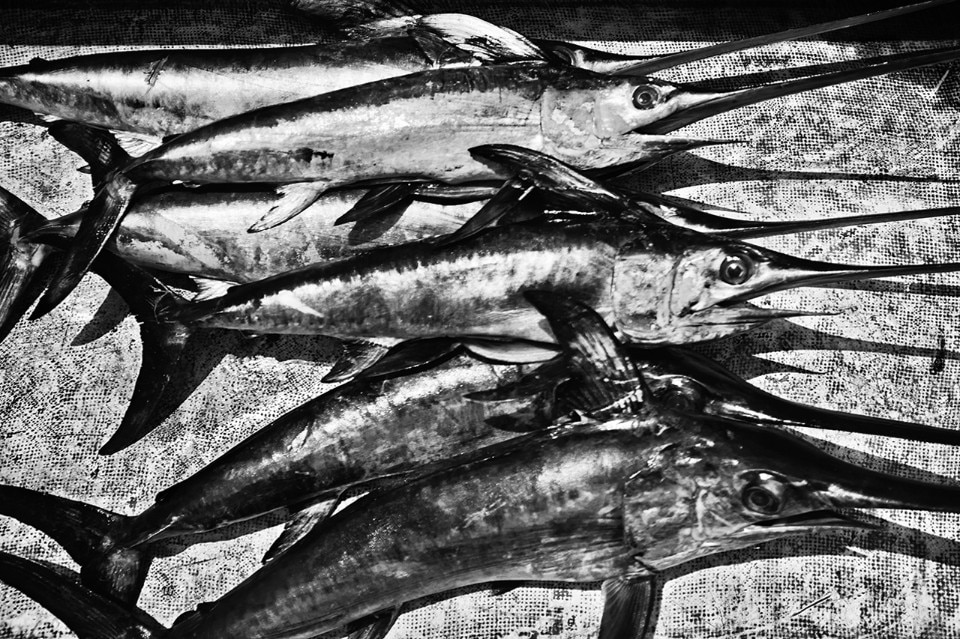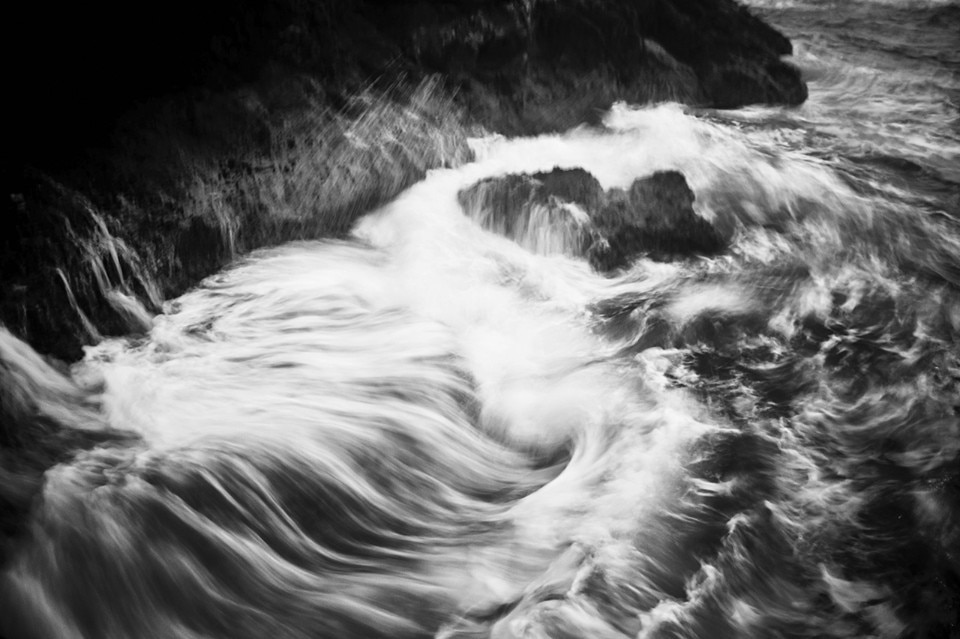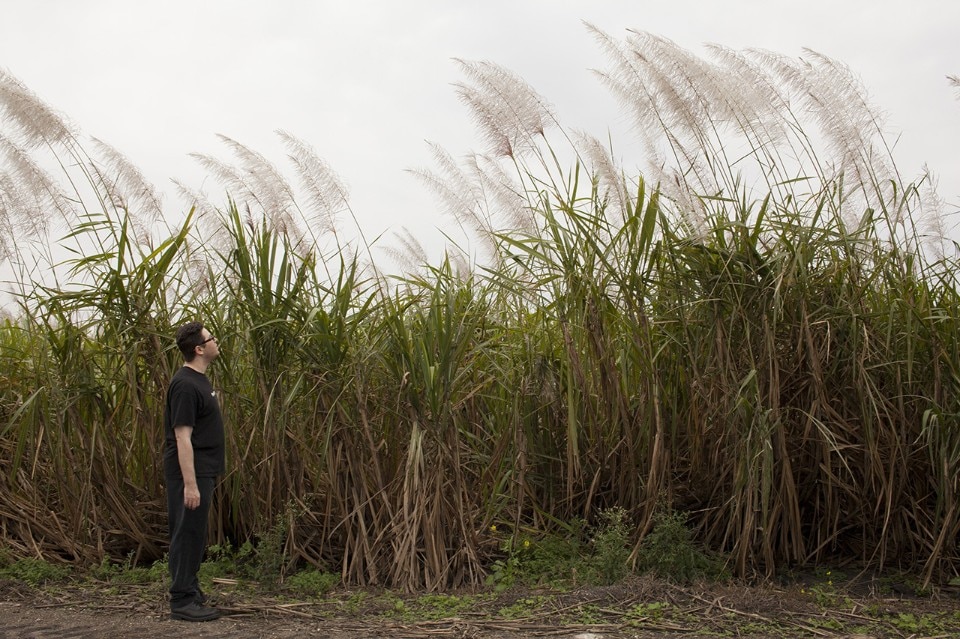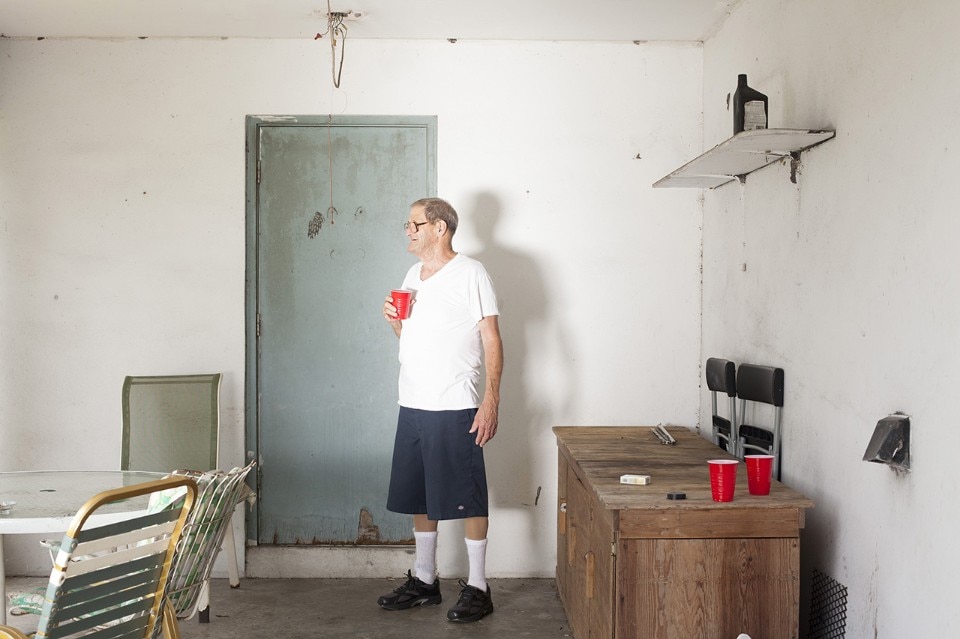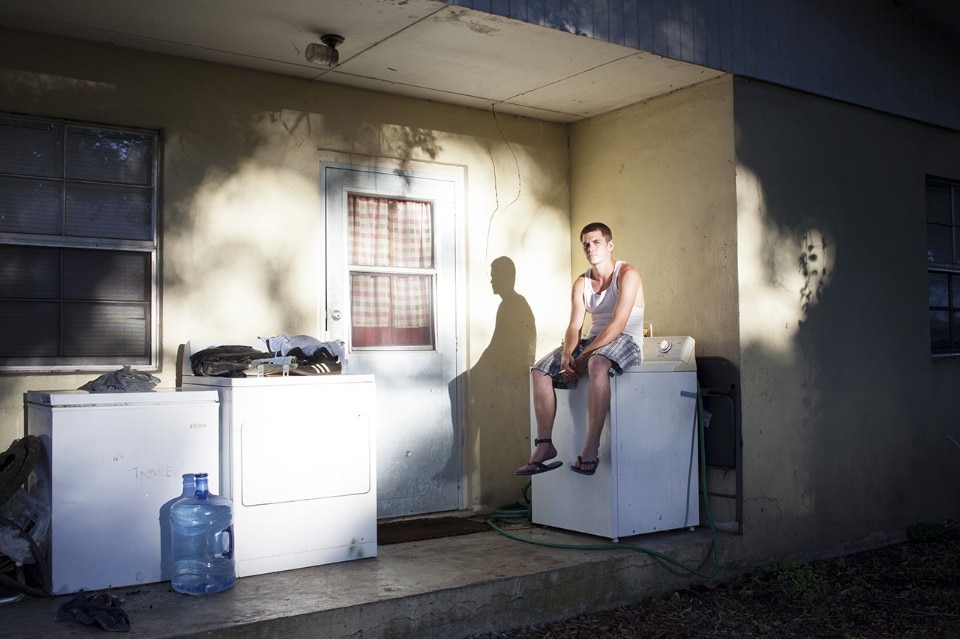Night(e)scapes. From light to darkness is a multimedial project involving photography, music and motion design. The result of the cooperation between photographer Martina Cirese, musician Geremia Vinattieri and motion graphic designer Christian Coppe, Night(e)scapes is a sort of night itinerary among some of most fascinating sites in Italy.
Italy has the greatest artistic and cultural heritage in the world, a record that UNESCO, too, recognises. In addition to these sites and destinations that everyone has heard of, such as Venice and Naples, there are lesser-known places, such as the Cantoni Stone Eco-Museum in the Langhe area of Piedmont and the towns of Matera and Craco. Whether we have actually visited them or only seen them in photos, each of us associates these places with pictures. We rarely associate them with sounds. Yet each is full of noises, whispered or exploded, repeated or isolated, regular or erratic. This project offers the visitors the opportunity to experience the “soundscape” of these sites.
Calogero Cammalleri’s project, Lipadusa. From sea to land is a photo research about the identity of Lampedusa, Lipadusa for its inhabitants. The island, in spite of itself, has become synonymous of migration, tragedies at sea, despair and misery.
This work instead presents Lampedusa’s most authentic and timeless character. Cammalleri is himself a returning emigrant: after leaving Sicily at the age of three with his family for Germany, he returned to his homeland after seventeen years, in search of his origins. Geographically closer to Africa, but politically still Italian, Lampedusa lives a dimension of being not only an isolated island but also a sort of confinement or border, a place of dreams and loneliness. The photographs on display depict the flow of life in Lampedusa: fishermen, children, animals, impressions, dreams, moments captured in black and white and sometimes blurry, in a transfiguration of reality that becomes indefinite.
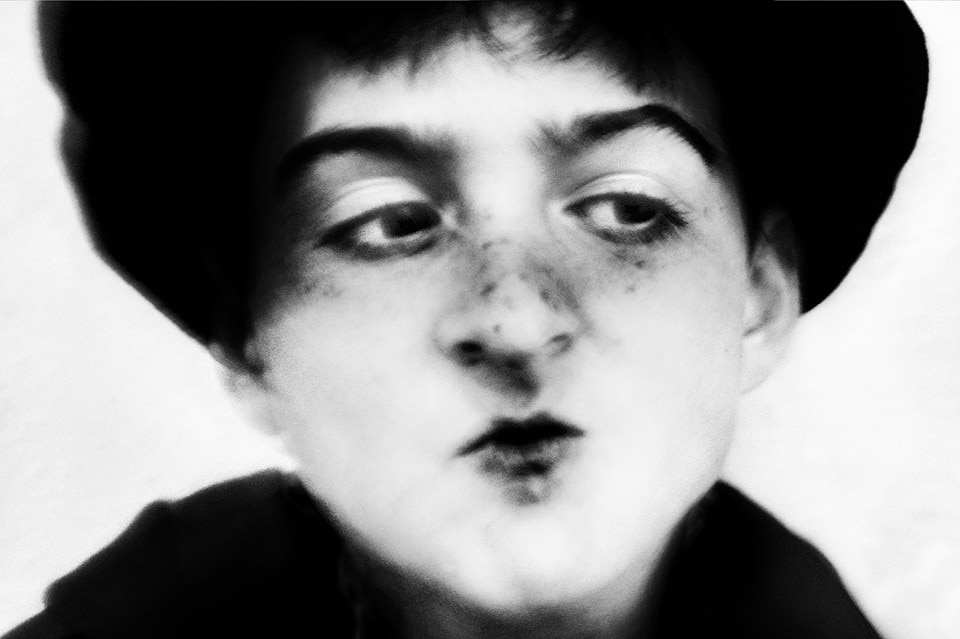
Iranian Living Room. From Private To Public is a collective story produced by 15 young Iranian photographers, selected by Enrico Bossan, the head of Fabrica’s Editorial Area.
These young artists welcome us into their “living room”: a unique space beyond global media and local state. In this living room both literal and metaphorical, we are privileged to discover multiple interpretations of Iranian reality: cultural differences and similarities, solitude and conviviality, relaxation and excitement, dressing up for an interior life versus dressing up for the street, the rhythms of religious ceremony and the patterns of everyday life.
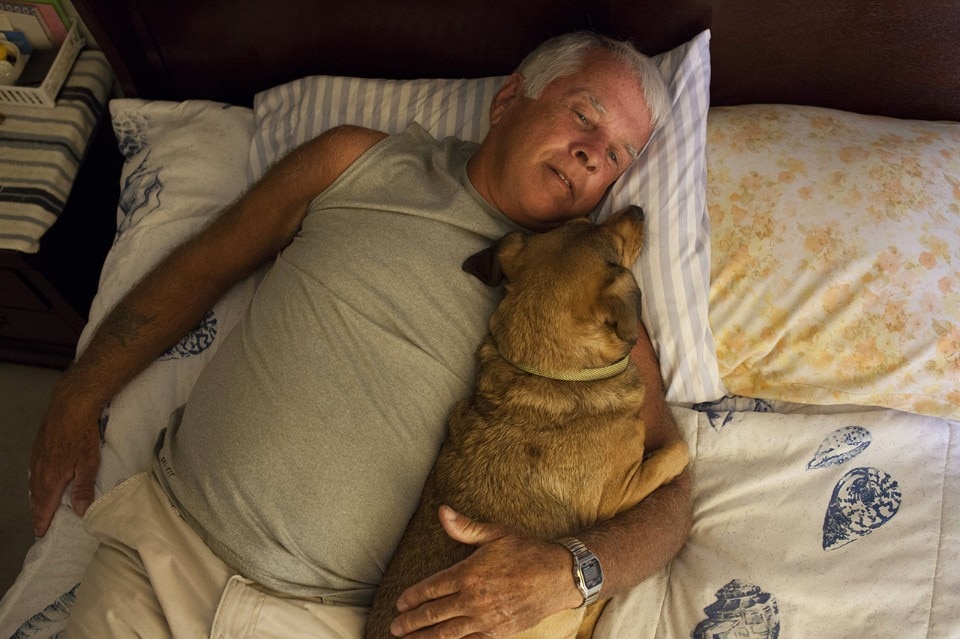
Miracle Village. From Judgement To Absolution, by Sofia Valiente, was awarded the 1st prize stories, Portraits, of the World Press Photo 2015.
It deals with a very delicate subject: the life of sex offenders, once they go out of prison. Florida legislation requires offenders to live a minimum of 300 mt from any school, bus stop or place where children congregate, yet many municipalities extend this law with local ordinances that increase the distance to 750 mt.
In reality, this becomes extremely difficult to abide by, and many offenders struggle to find housing and re-establish their lives in society. The village, founded by a Christian ministry, seeks to help offenders that have no place to go. The range of crimes committed by the residents varies – from serious offenses to consensual teenage relationships that had an age gap. The men are mixed in age, from various ethnic backgrounds, and they are all coming to terms with living with the permanence of this label. For over one year Sofia Valiente has befriended, lived among and photographed the residents in Miracle Village where they have shared with her their stories of estrangement, solitude and rehabilitation. She has chosen 12 stories that show an intimate glance of what life is like for these individuals that are living distanced from society.
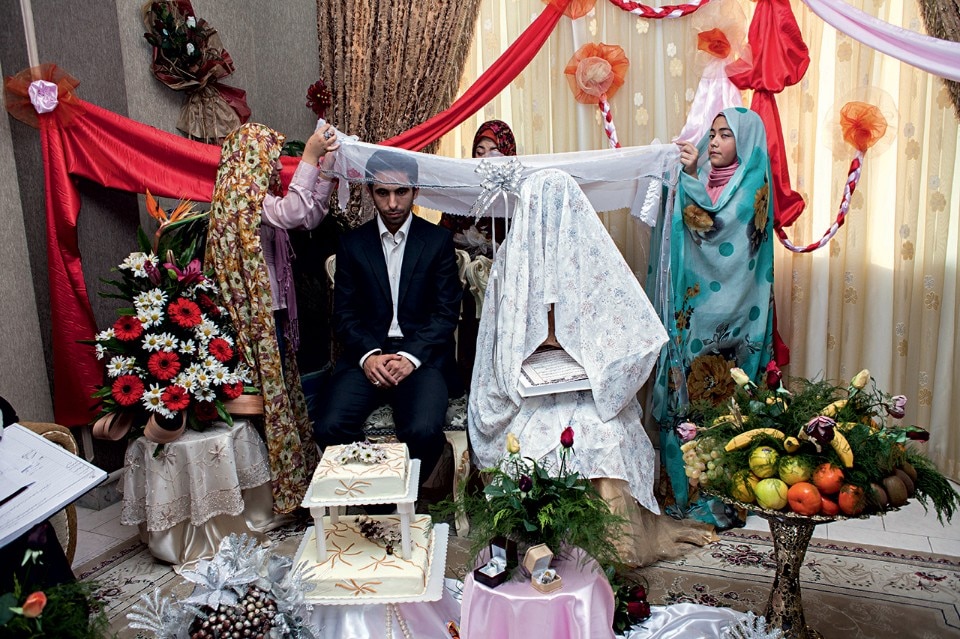
November 28, 2015 – January 24, 2016
La Fabrica del Presente
promoted by Assessorato alla Cultura e allo Sport di Roma – Sovrintendenza Capitolina ai Beni Culturali
museum services by Zètema Progetto Cultura
Museo di Roma in Trastevere
piazza S. Egidio 1B, Roma


